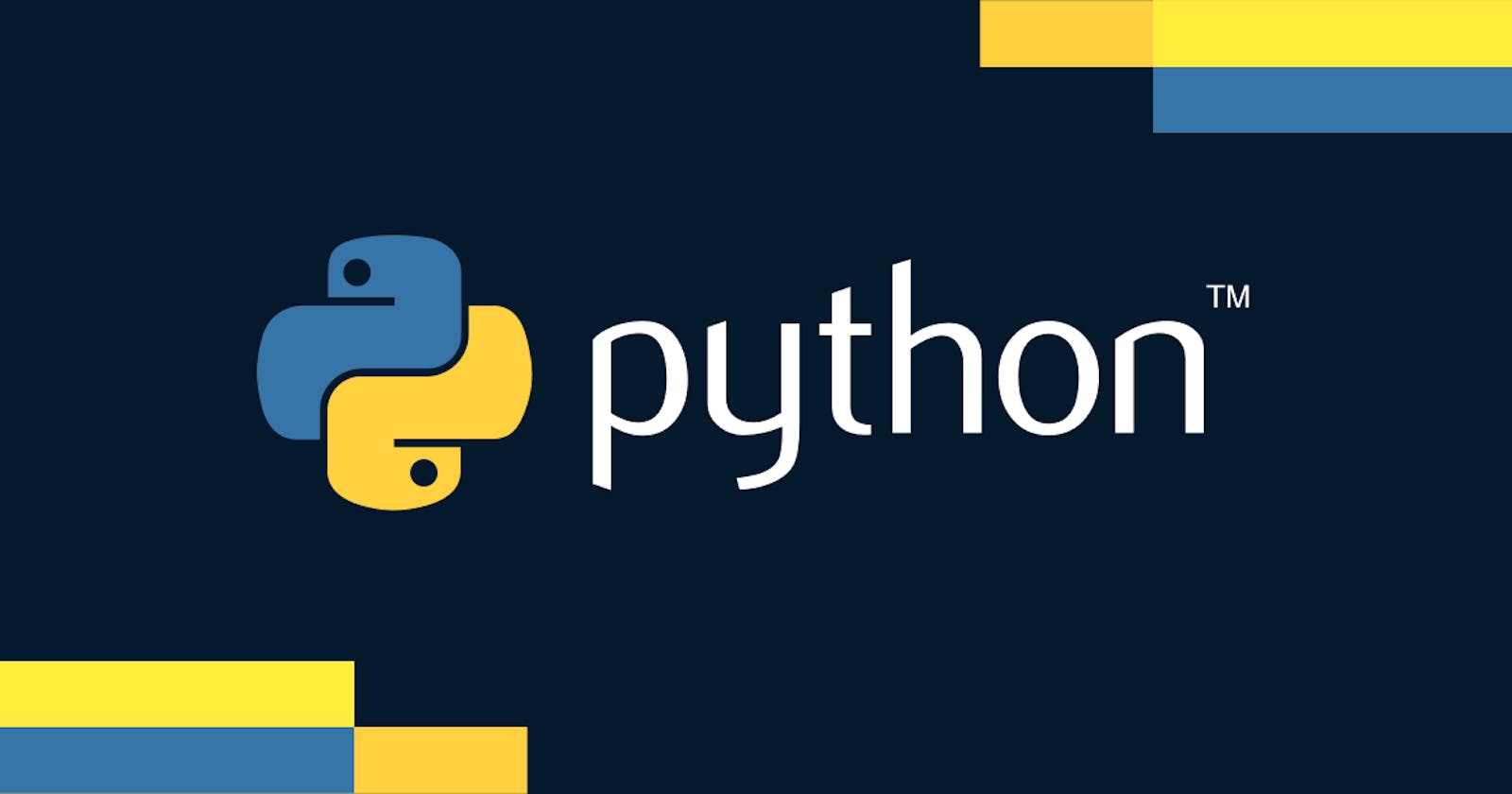L-00: Introduction to Python Programming
An introduction to Python, its historical context, and guidance on setting up your Python environment.
Brief History of Python
Python was created by Guido van Rossum in the late 1980s when he was working at the Centrum Wiskunde & Informatica (CWI) in the Netherlands.
Python is a high-level, versatile programming language that prioritizes code readability and simplicity, inspired by ABC, another programming language.
It saw its first release in 1991, and over time, became widely used in web development, data science, and AI. Python's success continues to grow as one of the most popular and versatile programming languages today.
Various Domains of Python
Python is a versatile programming language used in various domains, including:
Web Development: Python is used in web frameworks like Django, Flask, and Pyramid to build robust and scalable web applications.
Data Science: Python is a primary choice for data analysis and visualization, with libraries like NumPy, pandas, and Matplotlib.
Machine Learning and AI: Python is essential for machine learning and artificial intelligence, with libraries like TensorFlow, PyTorch, and scikit-learn.
Scientific Computing: Python is utilized in scientific research and simulations through libraries like SciPy and SymPy.
Game Development: Python is employed in game development with engines like Pygame and Panda3D.
Desktop Applications: Python can be used for creating cross-platform desktop applications using frameworks like PyQt and Tkinter.
Network Programming: Python is utilized for network-related tasks, including socket programming and network automation.
Scripting: Python is widely used for automating repetitive tasks, making it a popular choice for scripting.
Cybersecurity: Python is used for ethical hacking, security analysis, and penetration testing.
DevOps and System Administration: Python is employed for managing systems, automating tasks, and configuring servers.
IoT (Internet of Things): Python is used in IoT development for interfacing with devices and data analysis.
Big Data: Python is used in big data technologies like Apache Spark and Hadoop for data processing.
Quantitative Finance: Python is popular in finance for tasks such as risk management, algorithmic trading, and financial modeling.
Python's versatility and rich ecosystem of libraries and frameworks make it a go-to language for various applications across different industries.
Setting up Python Programming Environment
Setting up a Python programming environment is essential to start coding. Here are the basic steps to set up a Python environment:
Install Python:
Go to the official Python website (https://www.python.org/downloads/) and download the latest version of Python for your operating system.
Run the installer and follow the installation instructions. Make sure to check the box that says "Add Python to PATH" during installation, as it simplifies using Python from the command line.
Verify Installation:
Open your computer's command prompt (Windows) or terminal (macOS/Linux).
Type
python --versionorpython3 --versionand press Enter. This should display the installed Python version. If it does, Python is installed correctly.
Install a Text Editor or Integrated Development Environment (IDE):
You can write Python code in a simple text editor like Notepad (Windows), TextEdit (macOS), or any code editor of your choice.
Alternatively, you can use a dedicated Python IDE, such as PyCharm, Visual Studio Code, or Jupyter Notebook, which offers features like code highlighting, debugging, and more.
Package Manager (Optional):
Consider installing a Python package manager like
piporcondaif it's not included with your Python installation.pipis commonly used for installing Python packages. To upgrade it, runpython -m ensurepip --upgrade.
Create and Run a Python Script:
Open your text editor or IDE and write a simple Python script, like printing "Hello, World!" to the console.
print("Welcome to Python 101: A Beginner's Guide")Save the file with a
.pyextension, e.g.,welcome.py.
Run the Python Script:
Open your command prompt or terminal.
Navigate to the directory where you saved your Python script using the
cdcommand (e.g.,cd path/to/your/script).Run the script by typing
python welcome.py(orpython3 welcome.pyon some systems) and pressing Enter.
You now have a basic Python programming environment set up. You can continue to install additional packages using pip, explore Python libraries, and develop more complex applications as you gain experience.

